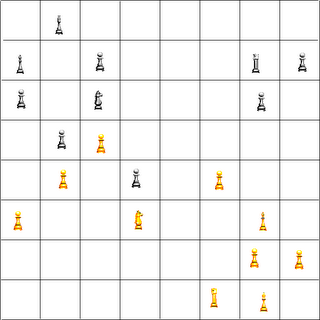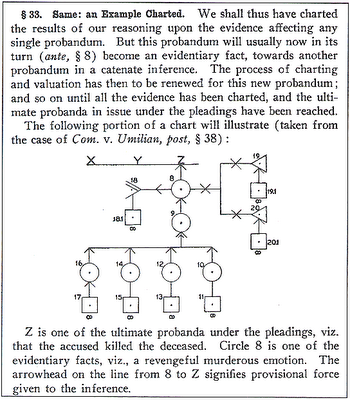 A very recent Supreme Court decision -- Dixon v. United States, No. 05-7503 (June 22, 2006) -- serves as a reminder that three principles are well-entrenched in U.S. constitutional jurisprudence:
A very recent Supreme Court decision -- Dixon v. United States, No. 05-7503 (June 22, 2006) -- serves as a reminder that three principles are well-entrenched in U.S. constitutional jurisprudence:1. The prosecution must prove all essential elements of the crime charged beyond a reasonable doubt. This is required by due process.Propositions #2 and #3 perhaps reflect the notion that legislative bodies are free to choose how a concern for public security and the concern for the role of blame in criminal justice are to be balanced. But if legislative bodies are to have this prerogative, why are they not also free to proclaim that conviction of crime can be had even if the essential elements of crimes -- crimes that those same legislative bodies have defined -- have not been established beyond a reasonable doubt? If the constitution recognizes that legislative bodies are entities that have the constitutional authority to balance the concern for public safety and the concern for protection of the innocent, why aren't those same legislative bodies free to decide how much proof there must be of the essential elements that those legislative bodies have decided should be part of the definition of the crime in question?2. It is constitutionally permissible for a State or the U.S. Government to make a criminal defendant bear the burden of proving that an affirmative defense applies: due process does not require that the government prove beyond a reasonable doubt that an affirmative defense to a criminal charge does not apply.
3. Legislative bodies (including Congress) have the authority to define crimes. Legislative bodies are therefore free to decide which elements are essential elements of a given crime. Similarly, legislative bodies are free to proclaim that the truth or falsity of a given element -- a given type of fact -- is part of an affirmative defense rather than part of the definition of a given crime.
I doubt that legislative authority over legal definitions of criminal culpability is compatible with the principle or rule that criminal guilt must be established beyond a reasonable doubt. (In Dixon the Court seems to assume that an accused's mere [pre-existing] knowledge of the illegality of the conduct undertaken ["perpetrated"?] by the accused is sufficient to establish whatever degree of criminal culpability the constitution may demand. But I cannot imagine that even the most hard-hearted member of the Supreme Court will adhere to this harsh principle when push comes to shove -- when, for example, the knowledge of the accused is accompanied by extreme extenuating circumstances such as duress on the accused in the form of extreme physical torture.)
The riddle I have sketched above remains fundamentally unchanged if courts (as well as legislative bodies) are thought to have authority to define crimes and affirmative defenses.
The tension between the reasonable doubt principle and legislative power to define crimes reawakens in my mind the suspicion that the reasonable doubt principle is more show than substance. I have the suspicion that the reasonable doubt standard is more show than substance because I simply do not understand why the reasonable doubt standard does not itself imply or generate a constitutional obligation on the part of government to structure the entire criminal process (including police investigation) in a way that provides reasonable assurance that convictions will be had only when there is a very high probability of guilt.





